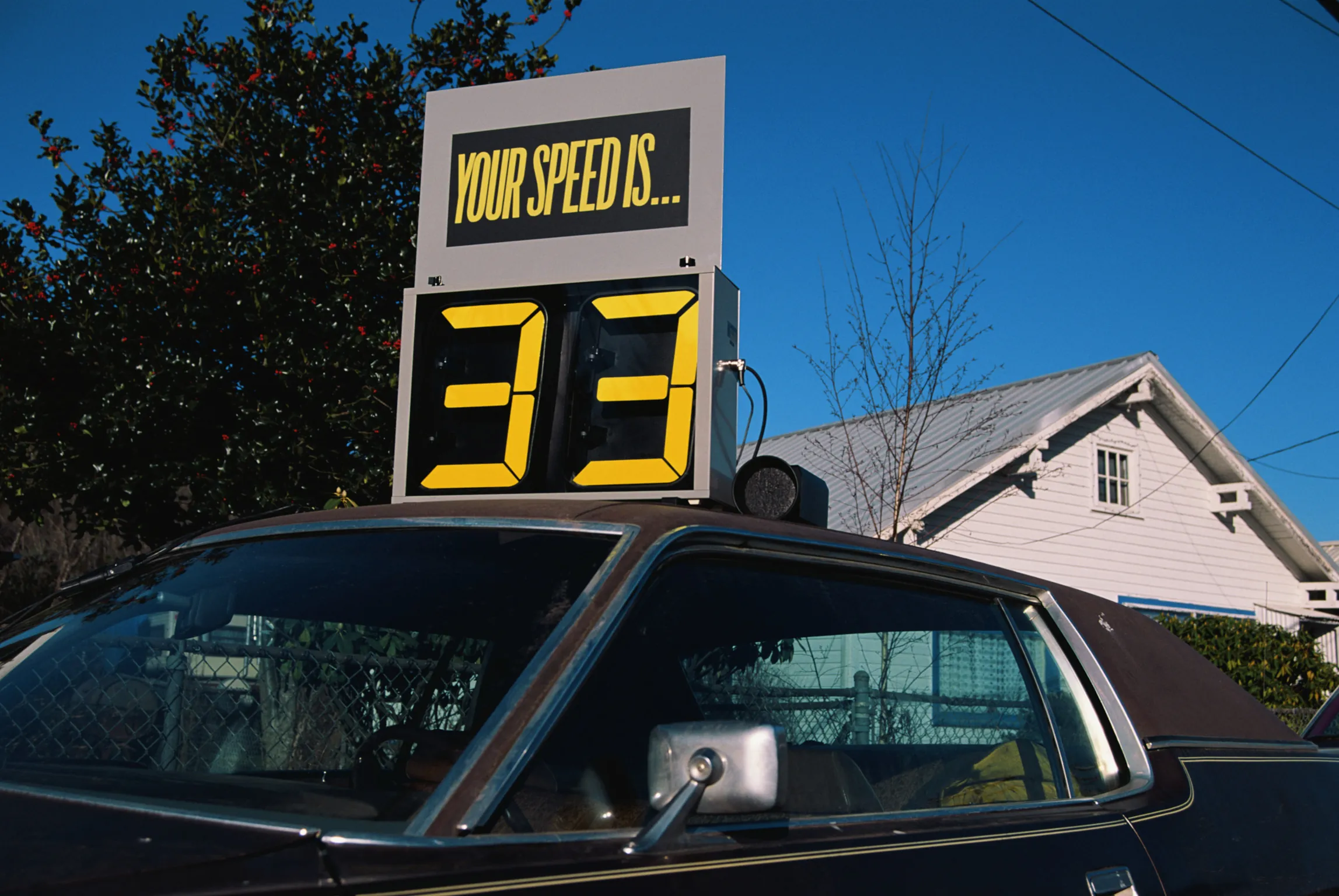 Over the last several decades, there has been a concerted effort by both private advocacy groups and governmental agencies to raise public awareness about the dangers of drinking and driving. As a result of those efforts, law enforcement agencies across the country train their officers to constantly be on the lookout for drivers who might be driving under the influence (DUI). If an officer suspects that you are drinking and driving, a traffic stop will be initiated and a DUI investigation will ensue. For a sober driver, a DUI stop can be time-consuming, nerve-racking, and sometimes embarrassing. The best way to avoid finding yourself on the side of the road in the middle of a DUI investigation is to avoid the following 10 things about your driving that may result in a DUI stop.
Over the last several decades, there has been a concerted effort by both private advocacy groups and governmental agencies to raise public awareness about the dangers of drinking and driving. As a result of those efforts, law enforcement agencies across the country train their officers to constantly be on the lookout for drivers who might be driving under the influence (DUI). If an officer suspects that you are drinking and driving, a traffic stop will be initiated and a DUI investigation will ensue. For a sober driver, a DUI stop can be time-consuming, nerve-racking, and sometimes embarrassing. The best way to avoid finding yourself on the side of the road in the middle of a DUI investigation is to avoid the following 10 things about your driving that may result in a DUI stop.
- Driving significantly above the speed limit. Alcohol tends to make many people more aggressive or less risk-averse. Speed seems like a good idea when drinking. It may also be a sign that the driver isn’t paying attention to the speed limit because he/she is intoxicated.
- Driving significantly below the speed limit. Driving too slow is often a sign that a driver is under the influence of a controlled substance instead of alcohol. Marijuana, in particular, often causes drivers to drive under the speed limit.
- Weaving in and out of traffic. Although some drivers do this when they are sober, it is a good reason to pull a driver over to check for signs that the driver is DUI.
- Crossing the center line. Depth perception is something that becomes skewed when a person is under the influence. That center line often looks like it is farther away than it really is.
- Failing to move after a traffic light turns green. Sometimes this is simply because a driver is on his/her phone or just not paying attention; however, you would be surprised at the number of drunk drivers who actually fall asleep at an intersection waiting for a red light to change.
- Stopping too far short of an intersection. Yet another sign that a driver’s depth perception is off is stopping short of the actual intersection at a red light or stop sign.
- Failing to use your turn signal. This applies to when you are turning a corner or just changing lanes. It’s easy to forget and many people don’t always use them; however, it is also another potential sign of intoxication.
- Braking unnecessarily and/or erratically. A driver who is under the influence often has problems judging distance accurately. This may cause the driver to brake several times as he/she approaches an intersection or when there is a car in front of the driver.
- Failing to turn on your lights. This is one of the most common giveaways for an intoxicated driver. Once it is full dark outside, a driver who is driving without lights on is very obvious to others on the roadway. The only person who doesn’t seem to notice the lack of headlights is the driver.
- Failing to turn off turn signal, wiper blades, lights etc. To a law enforcement officer, this is often a giant red flag considering the fact that most cars now have “dummy bells” or warning bells to let a driver know when something needs to be turned off.
If you want to avoid sitting through a lengthy, and often frightening DUI traffic stop investigation, paying attention to your driving habits can help. Eliminating these top 10 driving behaviors will go a long way toward decreasing the odds of being stopped on suspicion of DUI.
Contact Nebraska DUI Attorneys
If you were recently arrested and charged with driving under the influence (DUI) in Nebraska, contact a Nebraska DUI lawyer at Petersen Law Office 24 hours a day at 402-513-2180 to discuss your case with an experienced DUI defense lawyer.


